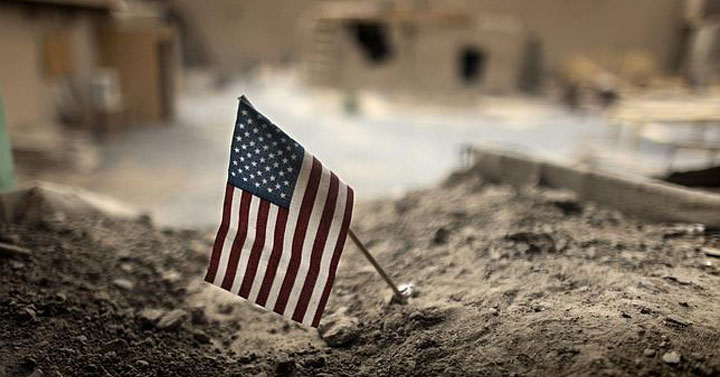
Wars and the U.S. world order
HAVANA — With the end of the Cold War came a change in the balance of powers that had characterized international politics for centuries, which resulted in a unipolar order under the hegemony of the United States that had had no equal in history.
Reasonably speaking, the logic of U.S. hegemony should have been the search for stability in an order that served its interests. However, the principal characteristic of U.S. foreign policy in recent years has been the promotion of constant foci of tension. Thus, instead of strengthening its hand, it has caused a relative weakening of it, according to many analysts.
What prevents the U.S. from developing a more creative policy that will consolidate its influence in a climate of international stability, in line with the needs and conveniences of its hegemonic system?
I think that two structural factors explain the more aggressive expressions of U.S. policy. Primarily, the weight of military industry on the economy and the power structure of that country and, related to it, the impact of those interests on the domestic balance of forces and domestic political culture.
After World War II, the groups of power in the U.S. discarded President Roosevelt’s idea of reconverting the military industry and utilizing the nation’s productive and commercial capital in a climate of peaceful coexistence. By so doing, they sealed the fate of the system of world hegemony, basing it on a militarist project that became the engine of the nation’s economy and scientific development, at the same time that it conditioned the factors and rules of the national policy.
Perhaps because he knew the subject well, Eisenhower, the U.S. military man par excellence, warned about the consequences of what he called “the military-industrial complex” for the functioning of the American system. Today, no politician in that country can escape the pressures of the arms lobby, much less survive its blows.
Because the market of weapons is war, it is not necessary to win wars to satisfy the interests of the arms industry.
The issue is to justify wars at all costs, even by inventing excuses, so the U.S. taxpayer, principal financier of wars, will accept the policy and even considers it a divine mission, inasmuch as the true guarantee of the United States’ “national security” supposedly lies in the imposition of the American way of life on a worldwide scale.
The instilling of fear in the social psyche thus becomes a resource of popular culture that serves the militaristic policy. Communism, terrorism, or simply the fear of someone different (the so-called cultural wars) shape the cyclical rising of certain extremist currents that feed on xenophobia, discrimination and interventionism.
Even the most liberal tendencies assume this pattern of exaggerated insecurity, even though, in terms of geopolitics, the United States is the safest country on the planet. No power or combination of powers threatens its territory.
The rest of the world also finances U.S. wars. Whoever buys a U.S. Federal Reserve bond or deposits his money in a U.S. bank indirectly contributes to the earnings of the big militarist consortiums, because much of that money is recycled into the arms industry.
In reality, the world’s entire financial system is guided by this dynamics, conditioning the whole of international relations in many ways.
Nothing indicates that this projection of U.S. policy will change in the near future. After George W. Bush’s bellicose unilateralism plunged into crisis the international order, post-Cold War, many people hopefully accepted the proclamation of “smart power” as an indication of Barack Obama’s foreign policy.
But militarization set the limits of “smart power,” and the “President of change” has been mired in innumerable armed conflicts. In the face of them, Obama’s attempts to moderation, limited though they are, have been perceived as an unacceptable weakness, considering the hegemonic model that has been adopted.
In sum, the interests of the military, industrial and financial complex of the United States determine the policy of that country, generating an instability that affects the entire system, including its domestic political dynamics.
That explains the high degree of polarization that can be seen inside the dominant sectors, the loss of credibility of the political bodies and the accumulation of social and economic problems, as a result of unchecked military spending.
Paradoxically, the causes of this suicidal inertia lie in the United States’ own power. Except for the Americans themselves, no one is in a position to alter this logic by force. For this reason, it will change only to the degree that the system — as we know it today — consumes itself in its own contradictions through a long and complex process that remains a challenge to our imagination.
Meanwhile, while in the past people gathered around the guillotine to express horror or joy at the sight of a severed head, today we’re barely aware of the human cost of asymmetrical wars.
At most, we see those blurred images that depict laser-bomb hits, product of the latest U.S. technology, which some mistake for the development of civilization.


